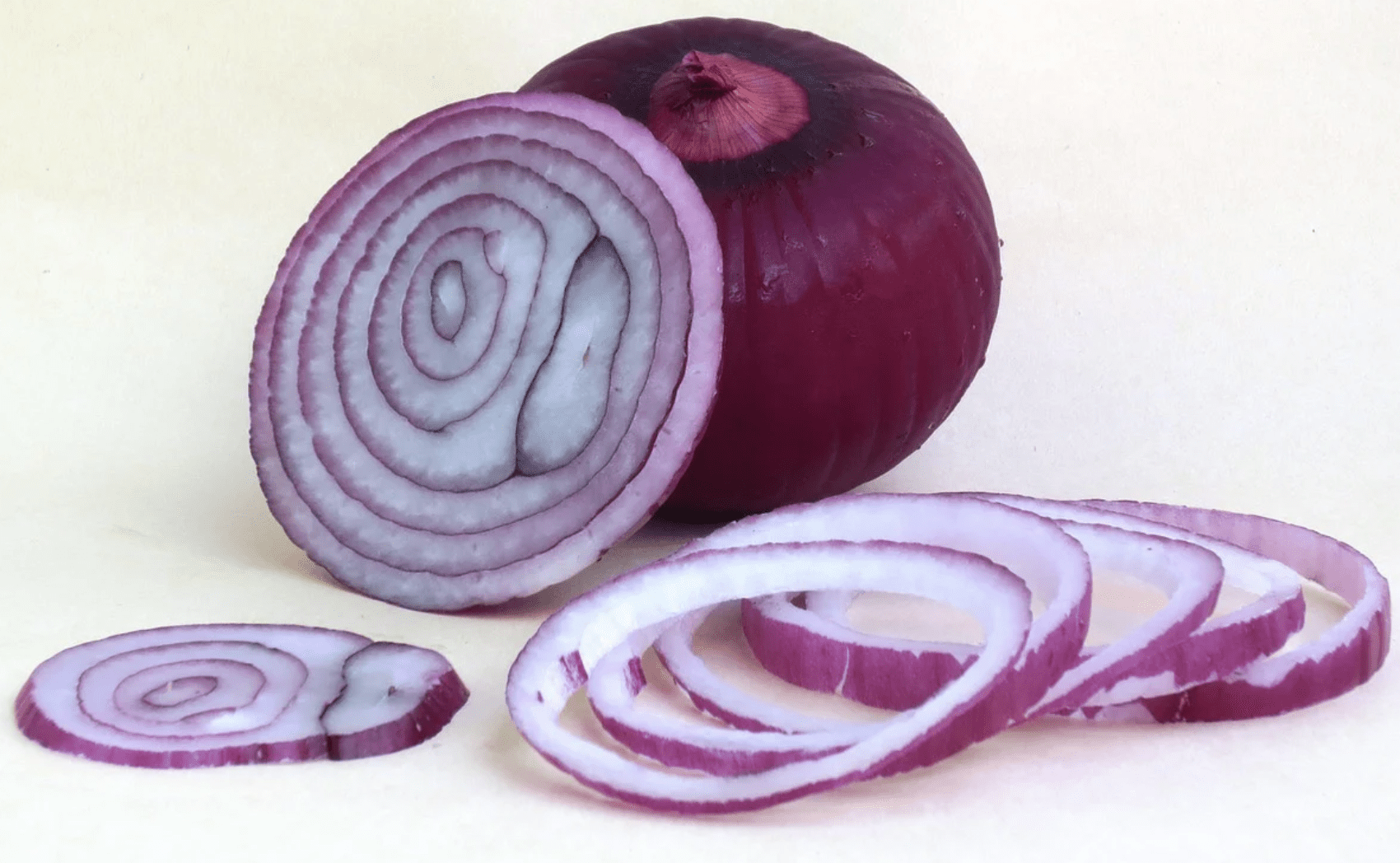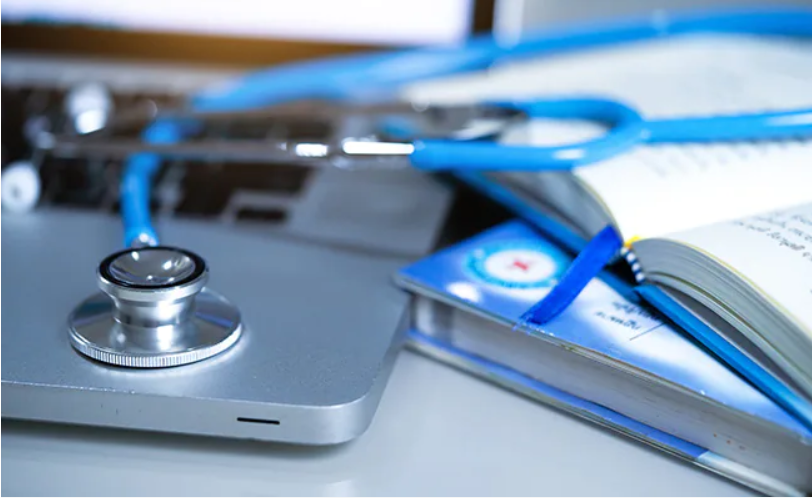FDA investigation was done and found an outbreak of Salmonella to be linked to whole red onions supplied by Thomas International Inc with fans in California. The FDA identifies several opportunities of infection that may have contributed to infection of Salmonella which includes the following factors and reasons:
Contaminated irrigation water Sheep grazing on adjacent land Animal intrusion resulting in fecal droppings Defect in packing house cleaning Nonsanitizing practicesAlthough the conclusive root could not be identified, the FDA's leading hypothesis is that contaminated irrigation water used to grow in the field of California may have led to contamination of onions. Considering these findings, the FDA encourages all produce growers to assess the risks that may be posed by adjacent and land users to be careful about sanitation and cleanliness.
All you need to know about Salmonella
Salmonella is a group of bacteria that causes a wide spectrum of diseases. They are significantly morbid and may increase the mortality rate in humans. Salmonella is a food-borne infection and illness caused by infection with Salmonella bacteria. Most infections spread through the consumption of contaminated food like meats, eggs, poultry, eggs or milk. Salmonella infections affect the intestines and cause the following symptoms:
Vomiting Abdominal pain Diarrhea Cramping Fever Weakness and malaise DehydratingIn the second week, the symptoms are as follows:
Splenomegaly: Enlargement of the spleen Hepatomegaly: Enlargement of the liver Rose spotted the appearance of skin Meningitis PneumoniaSalmonella is usually cleared up by medicines and with good medical treatment.
Prevention of Salmonella- Zero contamination is a must
Healthy and noncontaminated food: You can help prevent Salmonella infections by eating healthy food. It is important to take care of the contamination of food. You have to be careful about the consumption of contaminated food like raw meat and eggs. Avoid keeping pets and reptiles at your home especially if you have very young children.
Handwashing is a very important and powerful way to guard against salmonella infections. So you need to wash hands well and clean them correctly for zero contamination. This should be specially taught to young children when they make frequent trips to the bathroom and how important it is to keep themselves clean. Before handling food, it is important to keep yourself clean and wash your hands properly.
Clean sanitation: Clean water storage and drinking beverages should be made available to people to avoid contracting salmonella infection. Sanitization can definitely help in these cases.
Different types of Salmonella
There are many different types of salmonella bacteria. Most of the infections in the human is carried by chickens, cows, pigs, and reptiles ( such as lizards, iguanas)
Salmonella Typhi is one of the most common forms of salmonella bacteria which causes bacterial fever. Typhoid fever is by drinking beverages or eating foods that have been handled by someone who has typhoid fever or who is the carrier of illness.
Diagnosis
Stool examination will give an accurate diagnosis.
High-risk factors
People who are at high risk of developing more serious complications from Salmonella include those who have the following:
Poor and low immunity Chemotherapy treatment Proof functioning of spleen and liver Chronic antacidsIn high-risk groups, most doctors will treat an infection with antibiotics to prevent it from spreading to other parts of the body like the spleen, liver, lungs, and brain.

 Sanitization is very important when it comes to food manufacturing processes. FDA is doing special scrutiny and advises the grower to be careful to assess the risks of non-sanitization.
Sanitization is very important when it comes to food manufacturing processes. FDA is doing special scrutiny and advises the grower to be careful to assess the risks of non-sanitization.






.png)













.jpeg)

.jpeg)










.jpg)




.jpg)

